
The Enchanting Heart of Madrid: Retiro
Discover Retiro in Madrid: A harmonious blend of lush green parks, world-class museums, and vibrant local culture, perfect for a relaxing and enriching visit.
Retiro is a picturesque and vibrant neighbourhood located in the heart of Madrid, Spain. Renowned for its lush green spaces, historic landmarks, and cultural richness, it offers tourists an idyllic blend of relaxation and exploration. At the centre of Retiro lies the world-famous El Retiro Park, an expansive green oasis perfect for leisurely strolls, boating on the lake, or simply relaxing under the shade of centuries-old trees. The park is also home to the stunning Crystal Palace and the Velázquez Palace, both of which regularly host art exhibitions. Beyond the park, Retiro boasts a variety of cultural treasures. The Prado Museum, one of the most prestigious art galleries in the world, is situated on the edge of the neighbourhood. Here, visitors can marvel at masterpieces by Velázquez, Goya, and other illustrious artists. Additionally, the nearby Royal Botanic Garden is a must-visit for nature enthusiasts, offering a serene escape with its diverse plant species and tranquil pathways. The neighbourhood is dotted with charming cafes, traditional tapas bars, and fine dining establishments, providing a true taste of Madrid's culinary delights. Shopping enthusiasts will also find an array of boutiques and artisanal shops showcasing local crafts and fashion. Retiro is well-connected by public transport, making it easy for tourists to explore other parts of Madrid. Whether you are a history buff, an art lover, or simply looking to unwind in nature, Retiro has something to offer everyone.
Local tips in Retiro
- Visit El Retiro Park early in the morning or late in the afternoon to avoid the crowds and enjoy a peaceful experience.
- Don't miss the free entrance to the Prado Museum on weekdays from 6 PM to 8 PM and Sundays from 5 PM to 7 PM.
- Wear comfortable shoes as the neighbourhood is best explored on foot, and there are many beautiful paths to wander.
- Try the local tapas at the traditional bars along Calle de Ibiza for an authentic taste of Madrid's cuisine.
- Take a boat ride on the lake at El Retiro Park for a unique perspective of the surroundings.
The Enchanting Heart of Madrid: Retiro
Retiro is a picturesque and vibrant neighbourhood located in the heart of Madrid, Spain. Renowned for its lush green spaces, historic landmarks, and cultural richness, it offers tourists an idyllic blend of relaxation and exploration. At the centre of Retiro lies the world-famous El Retiro Park, an expansive green oasis perfect for leisurely strolls, boating on the lake, or simply relaxing under the shade of centuries-old trees. The park is also home to the stunning Crystal Palace and the Velázquez Palace, both of which regularly host art exhibitions. Beyond the park, Retiro boasts a variety of cultural treasures. The Prado Museum, one of the most prestigious art galleries in the world, is situated on the edge of the neighbourhood. Here, visitors can marvel at masterpieces by Velázquez, Goya, and other illustrious artists. Additionally, the nearby Royal Botanic Garden is a must-visit for nature enthusiasts, offering a serene escape with its diverse plant species and tranquil pathways. The neighbourhood is dotted with charming cafes, traditional tapas bars, and fine dining establishments, providing a true taste of Madrid's culinary delights. Shopping enthusiasts will also find an array of boutiques and artisanal shops showcasing local crafts and fashion. Retiro is well-connected by public transport, making it easy for tourists to explore other parts of Madrid. Whether you are a history buff, an art lover, or simply looking to unwind in nature, Retiro has something to offer everyone.
Iconic landmarks you can’t miss
El Retiro Park
Discover the serene beauty of El Retiro Park, Madrid's iconic green oasis filled with gardens, sculptures, and cultural treasures.

Great Pond of El Retiro
Experience the charm of Madrid at the Great Pond of El Retiro, a serene escape with boating, lush gardens, and cultural treasures.
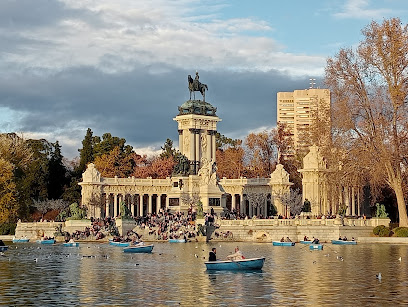
Monument to Alfonso XII
Experience the elegance of the Monument to Alfonso XII in Madrid's Retiro Park, a stunning tribute surrounded by serene landscapes and rich history.
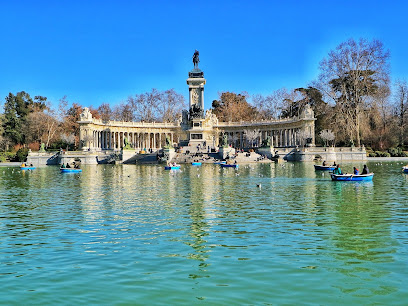
Spain Gate
Discover the architectural beauty and serene atmosphere of Spain Gate in Madrid's Retiro Park, a must-visit historical landmark for every traveler.
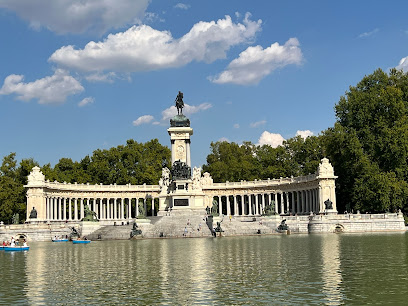
Monumento to Martínez Campos
Explore the Monument to Martínez Campos in El Retiro Park, a stunning tribute to Spanish military history amidst Madrid's serene landscapes.
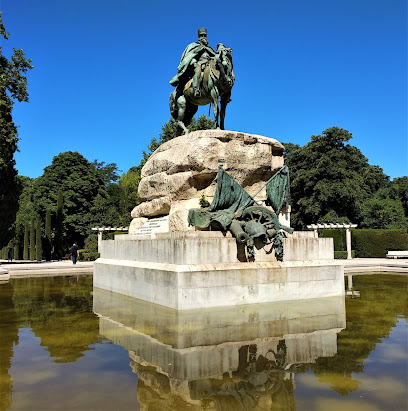
El Casón del Buen Retiro
Explore El Cason del Buen Retiro, an art lover's paradise nestled in Madrid's historic Retiro Park, showcasing stunning collections and rich cultural heritage.
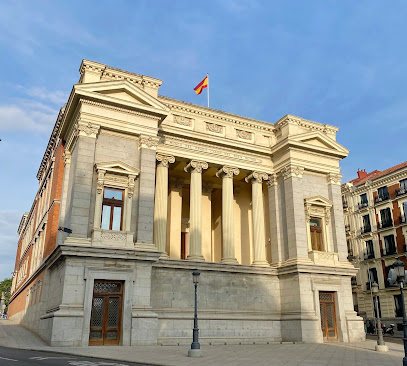
Dante Gate
Discover the beauty and history of Dante Gate, a stunning landmark in Madrid's Retiro Park, where history meets serene landscapes.
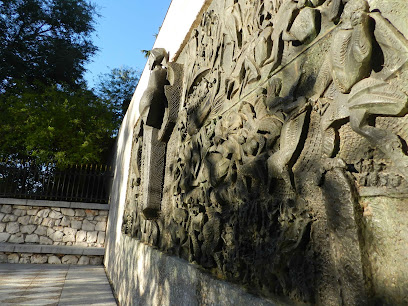
Paseo de las Estatuas
Explore the artistic beauty of Paseo de las Estatuas in Retiro Park, Madrid—a stunning blend of history and nature awaits you!
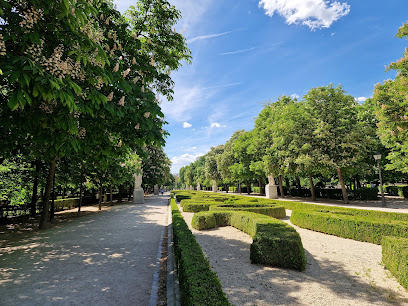
Monumento a Ricardo Codorníu
Explore the historical richness of Madrid at the Monumento a Ricardo Codorníu, a serene monument nestled in the beautiful Retiro Park.
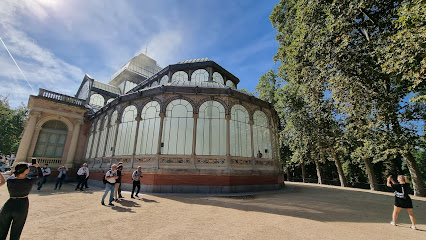
Monument to Federico Chueca
Explore the Monument to Federico Chueca in Madrid's Retiro Park, a vibrant tribute to Spanish cultural heritage amidst scenic beauty.

Unmissable attractions to see
Museo Nacional del Prado
Explore the breathtaking masterpieces at Museo Nacional del Prado, a cornerstone of European art and culture in the heart of Madrid.
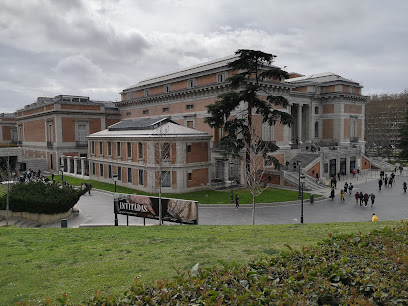
Real Jardín Botánico
Discover the lush landscapes and diverse plant species at the Real Jardín Botánico in Madrid, a serene escape for nature enthusiasts and tourists alike.

Spain Gate
Explore the Spain Gate in Madrid: A stunning neoclassical landmark nestled in the lush Retiro Park, symbolizing Spain's rich cultural heritage.
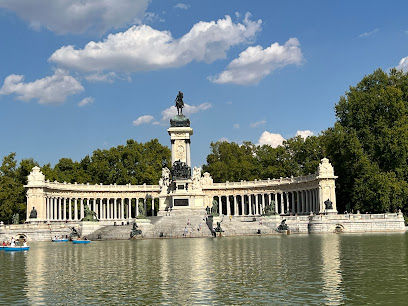
Monumento to Martínez Campos
Explore the Monumento to Martínez Campos, a stunning tribute in El Retiro Park that celebrates history and beauty in the heart of Madrid.
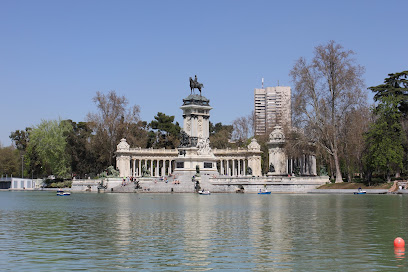
Cascada Parque El Retiro
Explore the breathtaking beauty of Cascada Parque El Retiro, a serene oasis in the heart of Madrid, featuring stunning waterfalls and lush landscapes.

Paseo de las Estatuas
Explore the artistic allure of Paseo de las Estatuas in Madrid, a serene promenade adorned with stunning sculptures and rich cultural history.
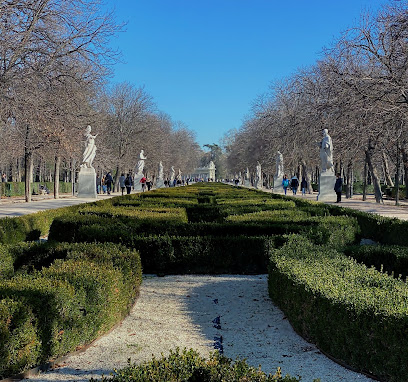
Essential places to dine
La Castela
Discover authentic Mediterranean and Spanish flavors at La Castela, where culinary excellence meets warm hospitality in Madrid's Retiro district.
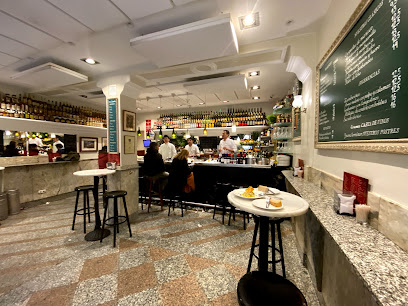
Arzábal Retiro - Restaurante Retiro Madrid
Experience authentic Mediterranean flavors in Madrid at Arzábal Retiro – where every dish tells a story.
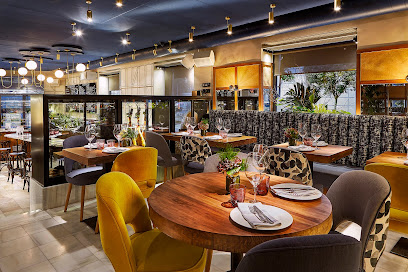
Zoko Retiro - Restaurante en el Retiro
Experience the vibrant fusion of Mediterranean and Latin American cuisine at Zoko Retiro in Madrid's enchanting Retiro district.
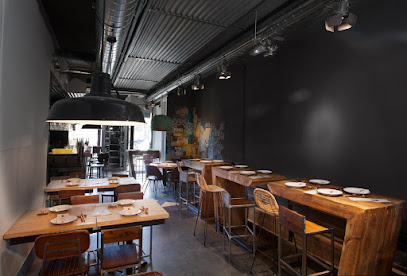
Restaurante Alabaster
Experience authentic Galician flavors at Restaurante Alabaster in Madrid - where tradition meets culinary innovation in every exquisite dish.
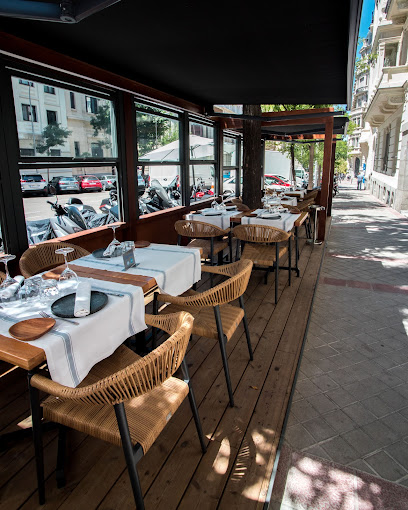
La Tasca del Retiro
Discover La Tasca del Retiro: A Mediterranean culinary haven in Madrid's beautiful Retiro district, serving authentic flavors and unforgettable experiences.
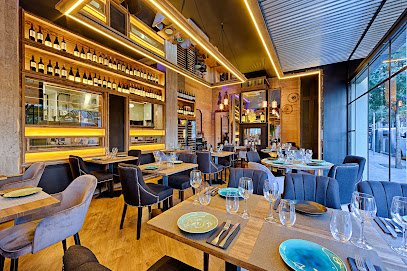
Restaurante Vinoteca García de la Navarra
Discover authentic Spanish cuisine at Restaurante Vinoteca García de la Navarra in Madrid's Retiro district, where tradition meets modern culinary art.
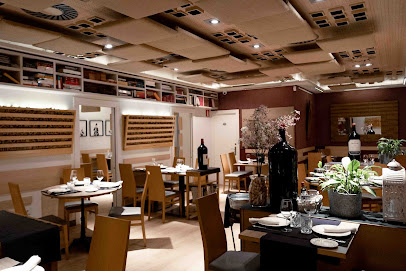
ZALAMERO - Taberna Madrid
Discover authentic Madrilian cuisine at ZALAMERO - a vibrant tavern offering delicious tapas and offal barbecue dishes in Madrid's Retiro district.
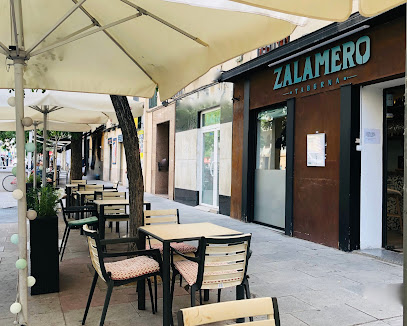
Restaurante La Gamella
Experience authentic Spanish cuisine at Restaurante La Gamella in Madrid's Retiro district - where tradition meets modernity.
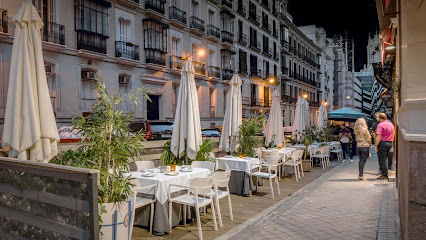
Sin Reservas Madrid
Discover authentic Mediterranean flavors at Sin Reservas in Madrid's Retiro district - where every meal is a celebration of local cuisine.
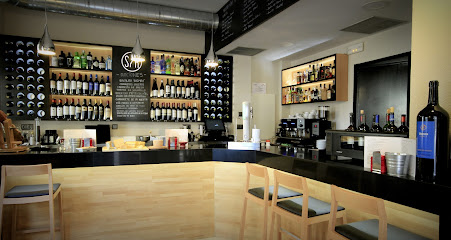
La Bodeguita del Arte Retiro
Experience authentic Spanish flavors at La Bodeguita del Arte Retiro – A culinary treasure in Madrid's vibrant Retiro neighborhood.

Markets, malls and hidden boutiques
Flying Tiger Copenhagen
Explore the whimsical world of Flying Tiger Copenhagen in Madrid, where unique gifts and creative home goods await every visitor.
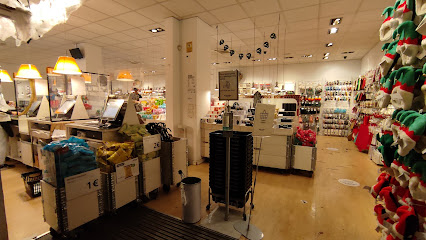
Tienda Zakka Narváez
Explore the charming Tienda Zakka Narváez in Madrid for unique gifts and local artisan treasures that capture the spirit of Spain.
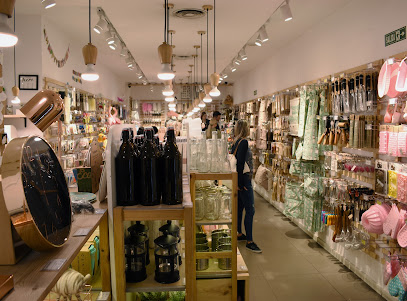
Artestilo
Discover unique gifts and vibrant local art at Artestilo, the ultimate shopping destination in Madrid's heart, combining creativity and culture in every corner.
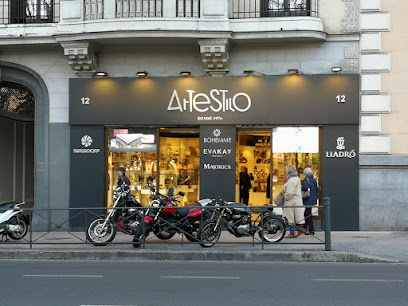
Blue Moon | Boutique de moda vintage
Explore Blue Moon, the ultimate vintage fashion accessories boutique in Madrid, where timeless elegance meets unique style.
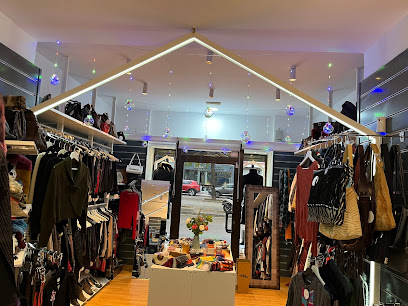
Room Store
Explore Room Store in Madrid for exquisite furniture and delightful toys, blending style and playfulness in one enchanting location.
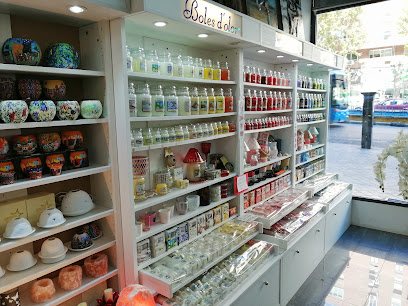
ILUNION
Explore ILUNION, Madrid's charming gift shop offering books, toys, and local specialties in the heart of Retiro district.
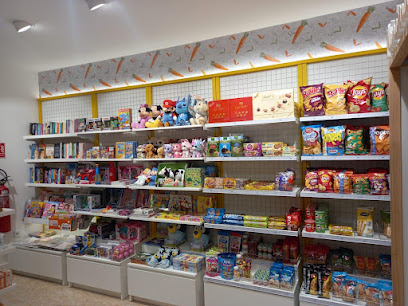
Tienda Inglesa
Discover contemporary fashion and timeless styles at Tienda Inglesa, a premier clothing store in Madrid's vibrant Retiro district.
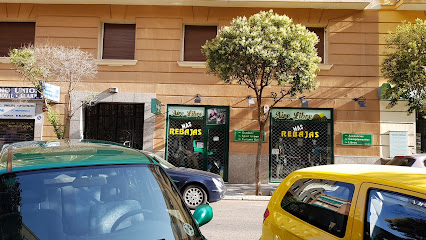
Yo Me Voy de Compras
Explore the latest fashion trends and unique dress styles at Yo Me Voy de Compras in the heart of Madrid's Retiro district.
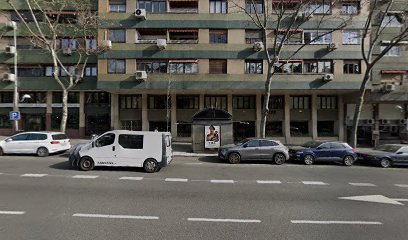
AM REGALOS
Explore AM REGALOS, a unique gift shop in Madrid, offering authentic local crafts, souvenirs, and a charming shopping experience.
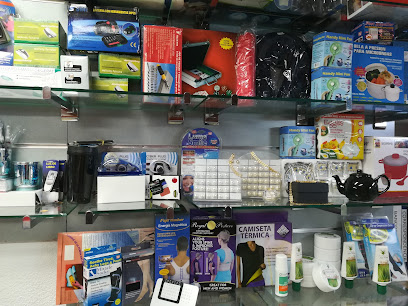
TheLifeStyle Showroom
Explore the vibrant youth clothing scene in Madrid at The LifeStyle Showroom, where trendy styles meet local flair.
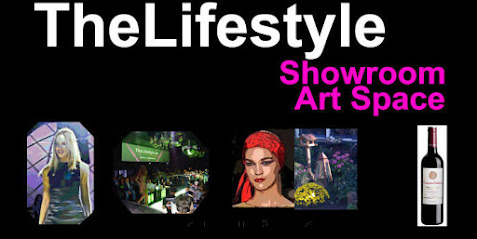
Essential bars & hidden hideouts
Florida Park
Discover the vibrant fusion of culture and cuisine at Florida Park in Madrid - a must-visit for tapas lovers and nightlife enthusiasts alike.
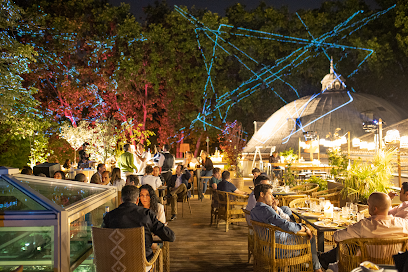
La Raquetista
Experience authentic Spanish flavors at La Raquetista, a lively tapas bar in Madrid's Retiro district, perfect for food lovers and tourists alike.
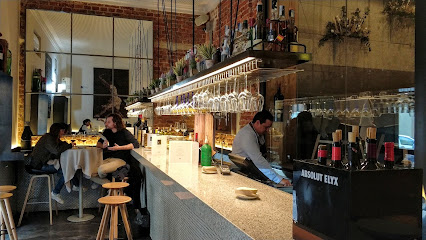
La Galería de Florida Retiro
Discover the flavors of Spain at La Galería de Florida Retiro, a vibrant tapas bar near Retiro Park, offering an unforgettable culinary experience.
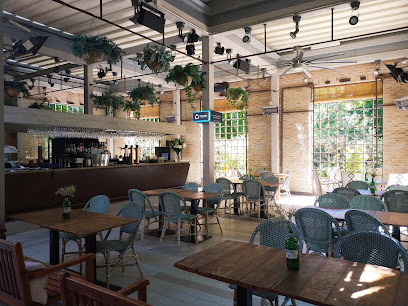
Fogg Bar Birras & Burgers
Experience the ultimate burger and beer fusion at Fogg Bar Birras & Burgers in Retiro, Madrid – a must-visit culinary hotspot for every traveler.
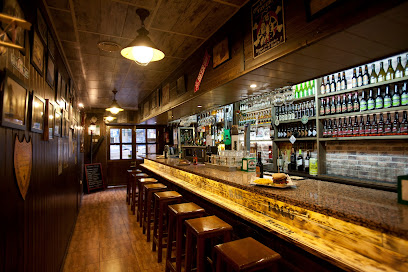
Bar Mirador
Discover Bar Mirador, a grill bar in Retiro, Madrid, offering delicious food and stunning views, perfect for a leisurely meal in the heart of the city.
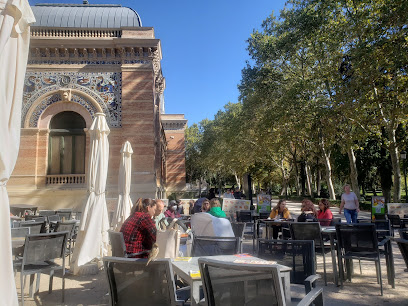
Farándula Madrid
Discover Farándula Madrid, the ultimate cocktail bar experience in the heart of Retiro, where every drink tells a story.
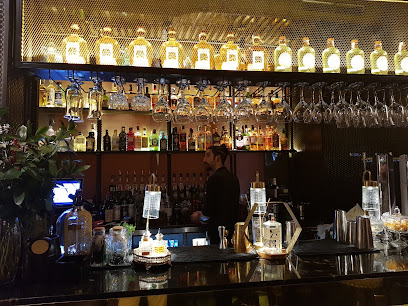
El Estribo
Discover the vibrant ambiance and exceptional drinks at El Estribo, a brewpub in Madrid's Retiro district that captures the essence of local nightlife.
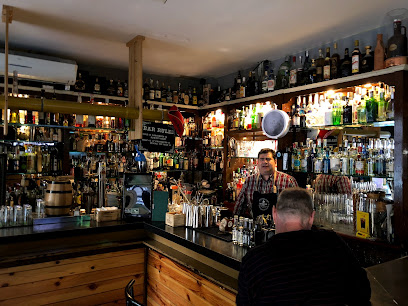
Taranttela Gin & Cocktail Room
Discover the vibrant Taranttela Gin & Cocktail Room, where expertly crafted cocktails meet a cozy atmosphere in the heart of Madrid's Retiro district.

Blackmail Bar Madrid
Discover the lively Blackmail Bar in Madrid, a vibrant pub and disco club perfect for enjoying cocktails, music, and unforgettable nights out.
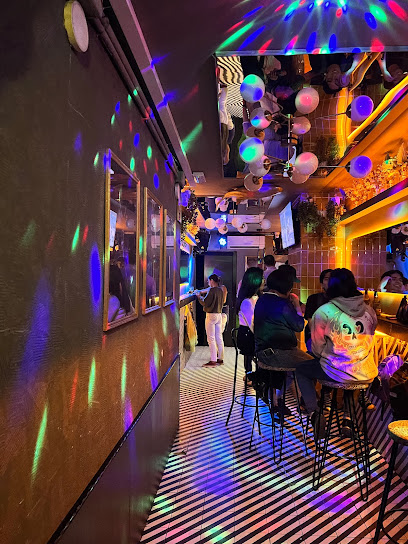
Champagne Bar
Discover the elegance of Champagne Bar in Madrid, where luxury meets a delightful selection of the world's finest champagnes.
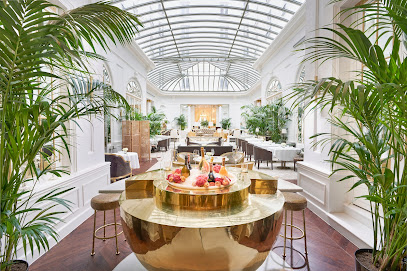
Local Phrases
-
- HelloHola
[oh-lah] - GoodbyeAdiós
[ah-dee-ohs] - YesSí
[see] - NoNo
[noh] - Please/You're welcomePor favor/De nada
[por fah-vor/deh nah-dah] - Thank youGracias
[grah-thyahs] - Excuse me/SorryPerdón/Lo siento
[pair-dohn/loh syen-toh] - How are you?¿Cómo estás?
[koh-moh ehs-tahs] - Fine. And you?Bien. ¿Y tú?
[byen. ee too] - Do you speak English?¿Hablas inglés?
[ah-blahs een-glays] - I don't understandNo entiendo
[noh ehn-tyen-doh]
- HelloHola
-
- I'd like to see the menu, pleaseMe gustaría ver la carta, por favor
[meh goos-tah-ree-ah behr lah kahr-tah, por fah-vor] - I don't eat meatNo como carne
[noh koh-moh kahr-neh] - Cheers!¡Salud!
[sah-lood] - I would like to pay, pleaseMe gustaría pagar, por favor
[meh goos-tah-ree-ah pah-gahr, por fah-vor]
- I'd like to see the menu, pleaseMe gustaría ver la carta, por favor
-
- Help!¡Ayuda!
[ah-yoo-dah] - Go away!¡Vete!
[veh-teh] - Call the Police!¡Llama a la policía!
[yah-mah ah lah poh-lee-see-ah] - Call a doctor!¡Llama a un médico!
[yah-mah ah oon meh-dee-koh] - I'm lostEstoy perdido/a
[ehs-toy pair-dee-doh/dah] - I'm illEstoy enfermo/a
[ehs-toy ehn-fehr-moh/ah]
- Help!¡Ayuda!
-
- I'd like to buy...Me gustaría comprar...
[meh goos-tah-ree-ah kohm-prahr] - I'm just lookingSolo estoy mirando
[soh-loh ehs-toy mee-rahn-doh] - How much is it?¿Cuánto cuesta?
[kwan-toh kwehs-tah] - That's too expensiveEs demasiado caro
[ehs deh-mah-syah-doh kah-roh] - Can you lower the price?¿Puedes bajar el precio?
[pweh-dehs bah-hahr ehl pree-syoh]
- I'd like to buy...Me gustaría comprar...
-
- What time is it?¿Qué hora es?
[keh oh-rah ehs] - It's one o'clockEs la una en punto
[ehs lah oo-nah ehn poon-toh] - Half past (10)Las diez y media
[lahs dyehs ee meh-dyah] - MorningMañana
[mah-nyah-nah] - AfternoonTarde
[tahr-deh] - EveningNoche
[noh-cheh] - YesterdayAyer
[ah-yehr] - TodayHoy
[oy] - TomorrowMañana
[mah-nyah-nah] - 1Uno
[oo-noh] - 2Dos
[dohs] - 3Tres
[trehs] - 4Cuatro
[kwah-troh] - 5Cinco
[theen-koh] - 6Seis
[says] - 7Siete
[syeh-teh] - 8Ocho
[oh-choh] - 9Nueve
[nweh-veh] - 10Diez
[dyehs]
- What time is it?¿Qué hora es?
-
- Where's a/the...?¿Dónde está...?
[dohn-deh ehs-tah] - What's the address?¿Cuál es la dirección?
[kwal ehs lah dee-rehk-syon] - Can you show me (on the map)?¿Puedes enseñarme (en el mapa)?
[pweh-dehs ehn-seh-nyar-meh (ehn ehl mah-pah)] - When's the next (bus)?¿Cuándo es el próximo (autobús)?
[kwan-doh ehs ehl prohk-see-moh (ow-toh-boos)] - A ticket (to ....)Un billete (para ....)
[oon bee-yeh-teh (pah-rah)]
- Where's a/the...?¿Dónde está...?
History of Retiro
-
Retiro, meaning 'retreat' in Spanish, was originally developed in the early 17th century as a royal retreat for King Philip IV. The area was transformed into a vast landscaped park, featuring gardens, fountains, and sculptures, serving as a leisure space for the royal family and the aristocracy. The construction of the Retiro Park marked the beginning of the area's transformation into a cultural and recreational hub in Madrid.
-
In the 19th century, after the abdication of the royal family, Retiro Park was opened to the public, marking a significant shift in its use. This democratization of space allowed the citizens of Madrid to enjoy the lush gardens and artistic installations, becoming a popular venue for social gatherings, cultural events, and leisure activities. The park's transformation reflected the broader changes in Spanish society towards a more open and communal public life.
-
Retiro is home to several historical monuments, including the Crystal Palace (Palacio de Cristal), built in 1887 for the Philippine Exposition. This stunning glass structure showcases the influence of modernist architecture and serves as a cultural venue for art exhibitions. Additionally, the park features the iconic Alfonso XII Monument, an impressive tribute to the former king, symbolizing the rich historical narrative of the area.
-
Retiro has been a hub of artistic activity throughout the 19th and 20th centuries. The park has hosted countless artists, musicians, and performers, making it a cornerstone of Madrid's cultural life. The annual events, such as the Madrid Book Fair, further establish Retiro as a focal point for literature and arts, reflecting the vibrant cultural tapestry of the city.
-
Today, Retiro is not only a vital green space in Madrid but also a symbol of the city’s history and cultural evolution. The park is a UNESCO World Heritage site and continues to attract both locals and tourists. Its blend of historical significance and contemporary use encapsulates the spirit of Madrid, preserving its legacy while adapting to modern needs.
Retiro Essentials
-
Retiro is easily accessible from various neighborhoods in Madrid. The best way to reach Retiro is via the Madrid Metro; take Line 2 (Red Line) to Retiro Station. Alternatively, you can use Line 1 (Light Blue Line) to Atocha or Line 6 (Gray Line) to Sainz de Baranda, both of which are within walking distance. Buses also serve the area, with multiple lines including 1, 2, 10, 14, 26, and 29 passing through. Taxis are readily available throughout the city, and rideshare services like Cabify and Uber operate in Madrid as well.
-
Retiro is a pedestrian-friendly neighborhood, making it ideal for walking and cycling. You can rent a bicycle from various bike-sharing services like BiciMAD, which offers convenient stations throughout the city. Public transport options include the Madrid Metro and local buses, which connect to other parts of the city. The Retiro Park itself is expansive, so comfortable walking shoes are recommended to explore its many paths, gardens, and attractions.
-
Retiro is generally a safe neighborhood for tourists. However, it's wise to remain vigilant, especially in crowded areas such as the Retiro Park and around the main attractions. Pickpocketing can occur, particularly in tourist hotspots. Areas to exercise caution include the vicinity of major transport hubs like Atocha Station. Avoid less crowded streets at night, and always keep an eye on your belongings.
-
In case of an emergency, call 112 for immediate assistance in Spain. This number can connect you to police, fire, or medical services. There are hospitals and clinics nearby, including the Hospital Gregorio Marañón. It’s advisable to have travel insurance that covers medical emergencies. For minor health issues, pharmacies are easily accessible in Retiro.
-
Fashion: Do dress comfortably, especially for park visits, but avoid overly casual attire when dining in upscale restaurants. Religion: Do respect local customs, especially in churches, by dressing modestly and remaining quiet. Public Transport: Do give up your seat for elderly and disabled passengers; don’t eat or drink on public transport. Greetings: Do greet with a handshake and a smile; don’t be overly informal with strangers. Eating & Drinking: Do try local tapas and enjoy meals at traditional taverns; don’t forget to ask for the bill politely, as it’s typically not brought automatically.
-
To experience Retiro like a local, visit the Retiro Park during weekdays when it is less crowded. Enjoy a leisurely stroll or a picnic by the lake. Don't miss local cafés and bakeries for breakfast or an afternoon snack; try the churros with chocolate. Engage with locals by asking for recommendations on hidden gems or activities. Additionally, check out events at the nearby Palacio de Cristal, which often hosts art exhibitions and cultural events.
Nearby Cities to Retiro
-
Things To Do in Toledo
-
Things To Do in Segovia
-
Things To Do in Avila
-
Things To Do in Valladolid
-
Things To Do in Salamanca
-
Things To Do in Burgos
-
Things To Do in Teruel
-
Things To Do in Zaragoza
-
Things To Do in Valencia
-
Things To Do in Bragança
-
Things To Do in Pamplona
-
Things To Do in Bilbao
-
Things To Do in Badajoz
-
Things To Do in Huesca
-
Things To Do in Santander













